When it comes to seafood delicacies, fish roe is a real gem and often takes center stage. From its unique texture to its unique flavor, fish roe has been a staple in many cuisines all over the world. But what exactly is it? What are the differences between different types of fish roe? Let’s dive into the fascinating world of fish roe and explore its various types, differences and preparation methods.
First of all, fish roe refers to the eggs of fish, and there are many types of it, each with its own characteristics and culinary uses. One of the most popular types is caviar, which is harvested from sturgeon and is known for its luxurious and delicate flavor. Caviar is often classified according to the species of sturgeon from which it is derived, such as beluga, osetra and sevruga, each with a unique taste and texture.
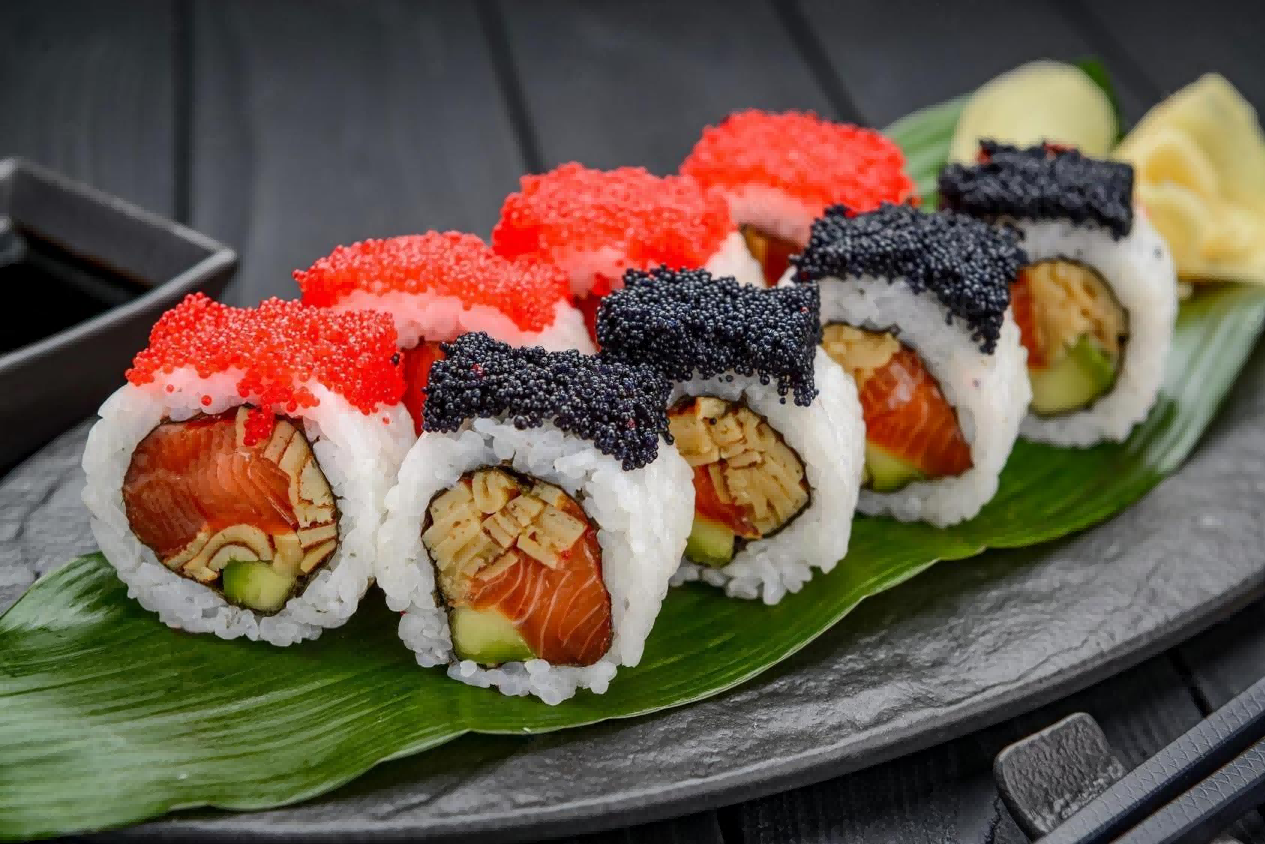
Another famous type of fish roe is flying fish roe, which originates from flying fish and is widely used in Asian cuisine. Tobikko, also known as flying fish roe, are larger and have a distinctly crunchy texture. It is characterized by its bright orange color and is often used as a topping for sushi rolls or sashimi. Tobikko has a slightly salty and savory flavor that adds a hint of umami to dishes. It is also popular for its decorative and aesthetic interest, as it adds a pop of color and texture to the presentation of dishes. Masago, or called capelin roe, is smaller in size and softer in texture than tobikko. It comes in a variety of colors, including orange, red and black, and is often used as a decoration for sushi and sashimi. Compared to tobikko, masago has a milder flavor, with a subtle sweetness and a less pronounced saltiness.
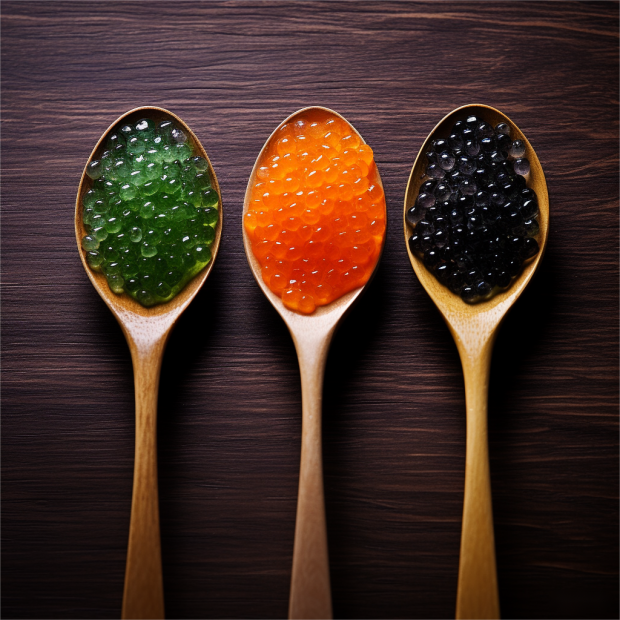
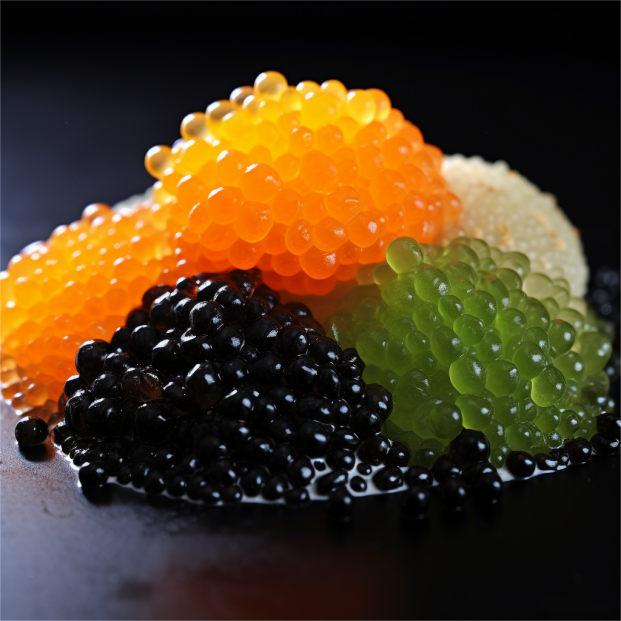
In terms of production methods, fish roe is usually harvested through a "milking" process, where the roes are gently extracted from the fish. The method of milking may different depending on the type of roe harvested, with some requiring more delicate handling than others to maintain the integrity of the roes.
Once harvested, roe is often processed using different techniques, such as salting, to enhance its flavor and extend its shelf life. Caviar, for example, undergoes a meticulous curing process that involves salting the roes to achieve the perfect balance of saltiness and umami.
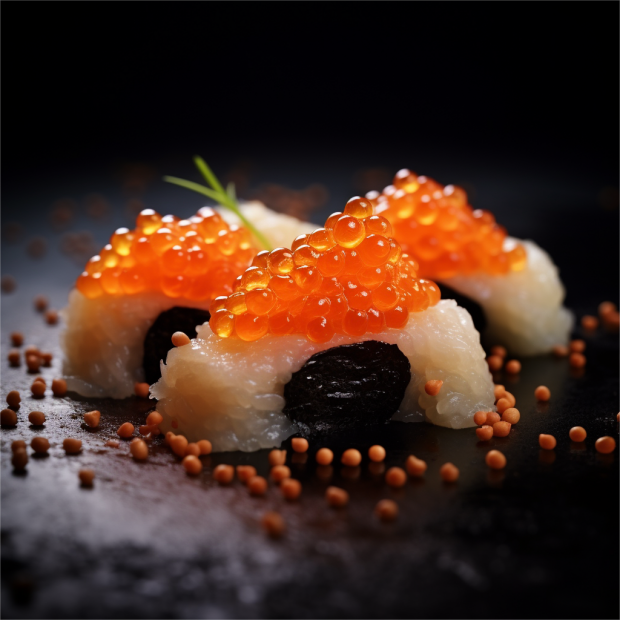
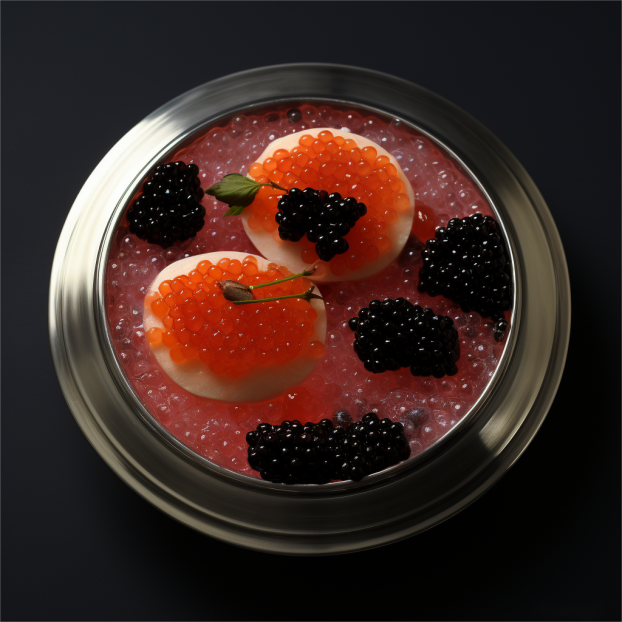
In addition to traditional production methods, modern technology also plays a key role in the production, allowing for more efficient harvesting and processing while maintaining the quality and integrity of the roes. Whether enjoyed on its own or as a decoration, fish roe continues to fascinate gourmet lovers with its variety, subtle differences and complex preparation methods.
All in all, fish roe is a evidence to the artistry and technique of seafood production, so next time when you enjoy a dish featuring fish roe, please take a moment to appreciate the complexity and variety of this kind of ingredient brings to the table.
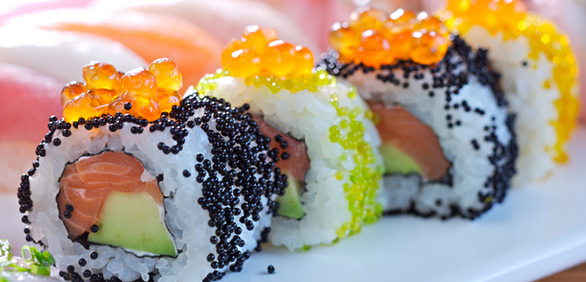
Post time: Aug-01-2024